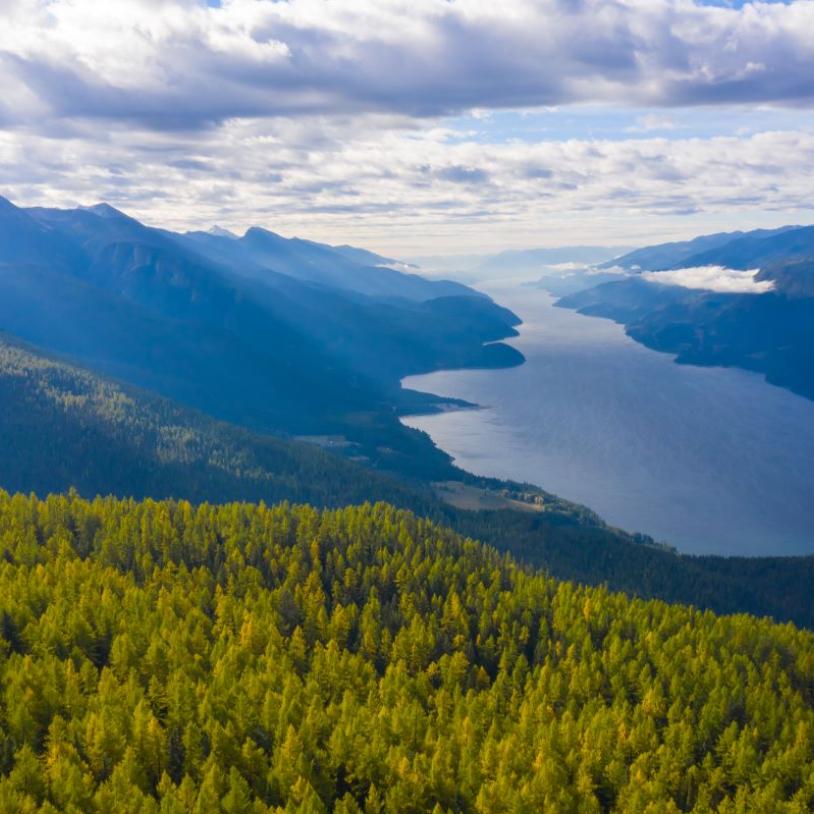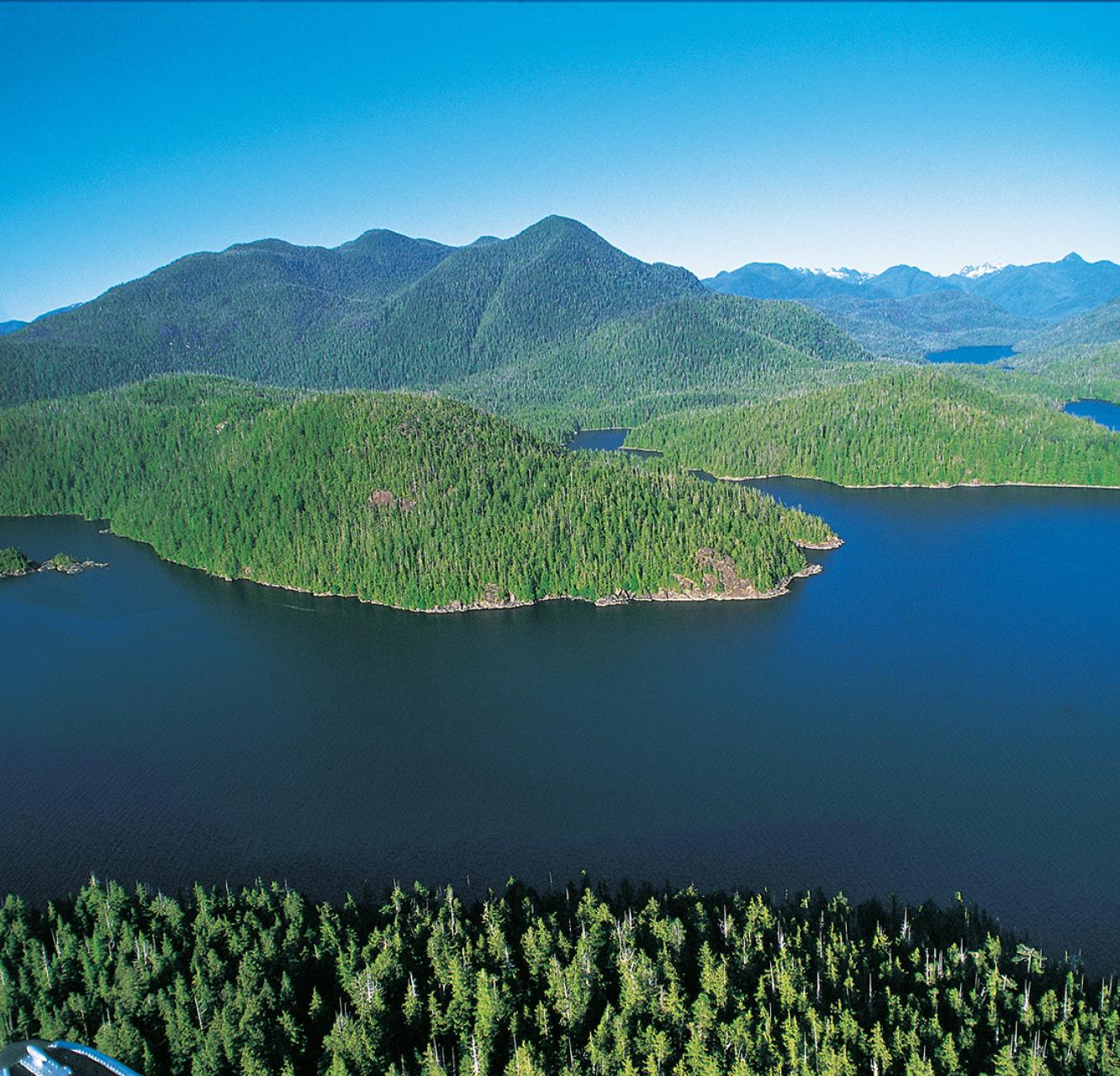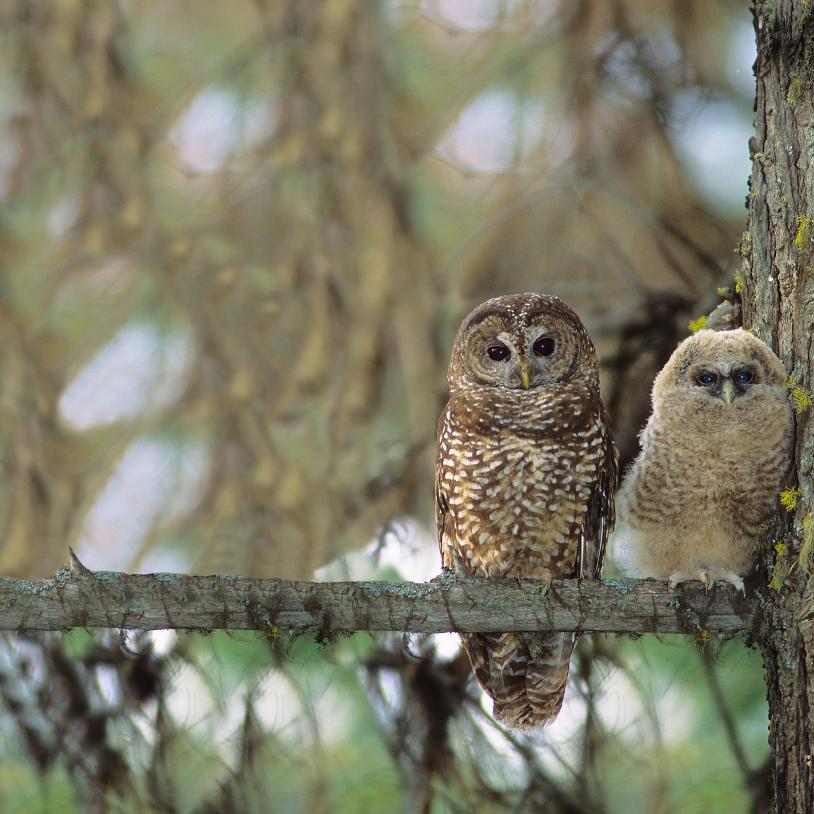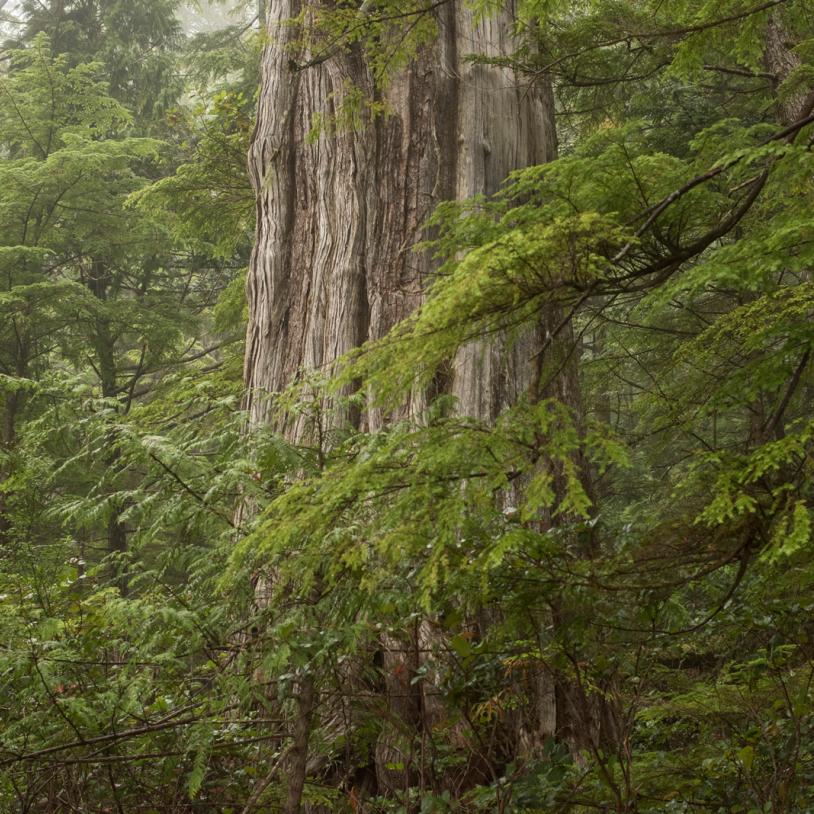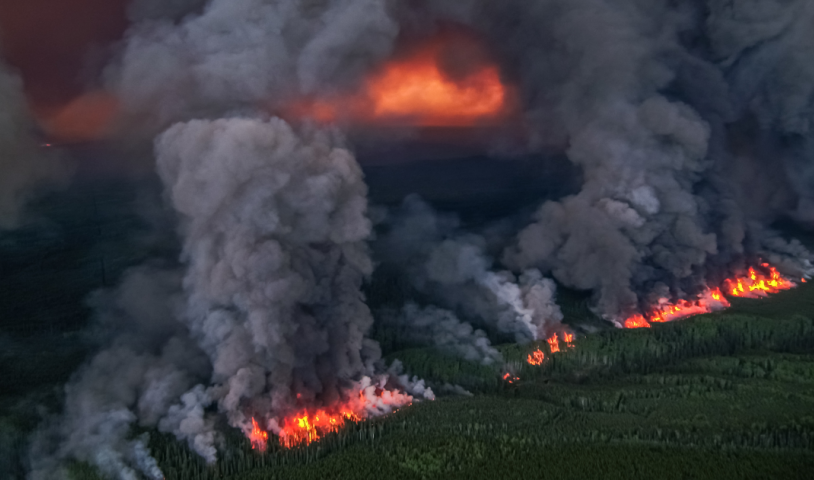Editorial: Trail lands need park protection
Monday, September 12, 2011
Now that it appears a controversial resort project beside the Juan de Fuca trail won’t go ahead, all involved should turn their minds to what happens next.
Ender Ilkay’s proposed development, which called for 257 cabins, lodges and other buildings, ran into fierce opposition in three nights of public hearings last week. A committee of five Capital Regional District directors will vote on the rezoning Wednesday. A majority have said they will note no, despite Ilkay’s offer to donate much of the land for park in return for the right to build.
That resolves one question, but leaves any more unanswered.
Start with the future of the land and the desire to protect the coastal Juan de Fuca Marine Trail.
The resort will now be blocked. But Ilkay, as the property owner, has other options, including selling the 236 hectares in seven large parcels for individual homes or logging it — hardly a desirable outcome for the park.
The best solution is preserving the land as an addition to the narrow coastal park. That would be an asset for the region residents and its tourism industry for generations.
It would also require compensation for Ilkay, who has said he is open to the idea.
The onus for paying the price — likely about $5 million, reflecting the cost of the land and the amount spent on the project so far — should fall on the provincial government.
Its irresponsible actions created the current situation. The land was part of 28,000 hectares the provincial government released from tree farm licences in 2007. Under the licences, the land was protected from development and owner Western Forest Products faced tougher environmental standards and restrictions on log exports.
The government simply said yes to the company’s request to let it out of the agreements. It didn’t consult with affected communities or assess the effect on regional planning and development. It didn’t quantify the benefit to WFP — likely about $200 million — or attempt to obtain job or investment guarantees in return.
And it failed to seek compensation, in cash or the provision of some of the land for public use.
It was, according to a subsequent review by the province’s auditor general, a casual gift to the company made “without sufficient regard for the public interest.”
The government’s neglect has created an obligation to this region.
If it fails — again — to act in the public interest, than the CRD might be forced to consider other options. A land swap, trading CRD land more appropriate for development for this parcel, should be one option.
The costly process, for Ilkay as well as the public, has also highlighted fundamental governance problems. The CRD’s legal advice suggested the decision on the development should be made by the subcommittee, including Juan de Fuca electoral area director Mike Hicks and CRD directors from four nearby municipalities. Other directors believed the entire board should make the decision, and there was a real possibility that directors would end up fighting the battle out in court, at public expense.
Those conflicts should be resolved with clear rules setting out which proposals require a full CRD board vote, and which should be left to local representatives.
This has been a costly, unproductive mess, due largely to the provincial government’s initial failure to consider the public interest. It should take the lead in fixing the problems by protecting the land as park.
